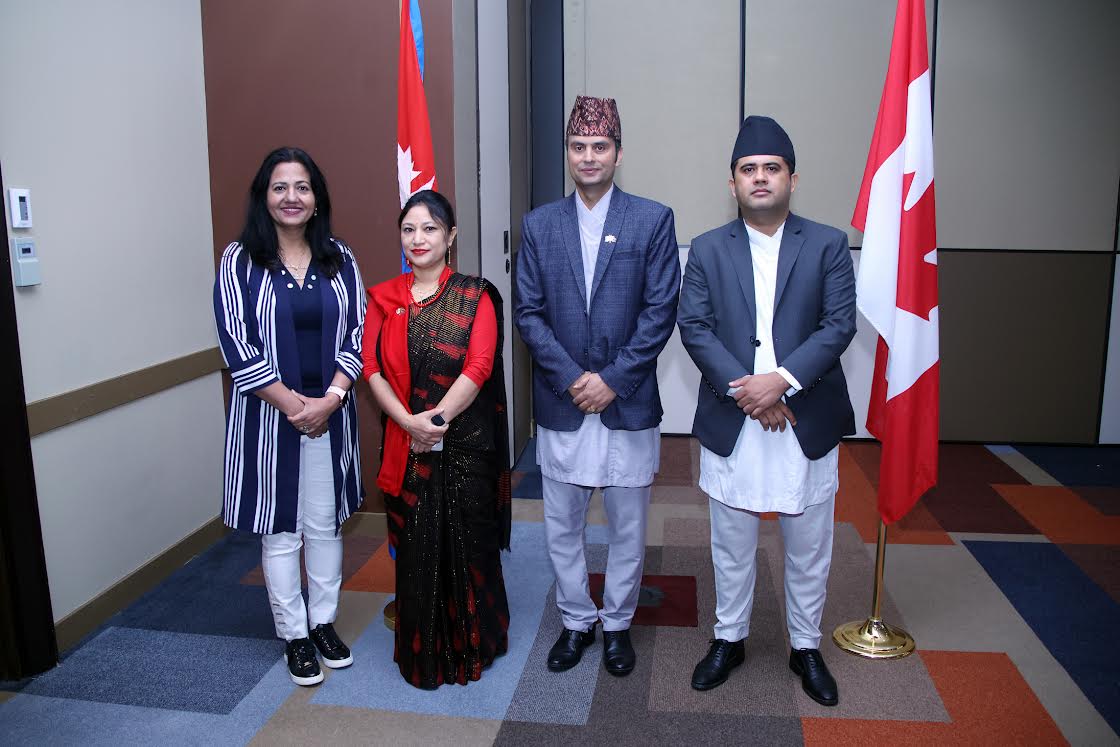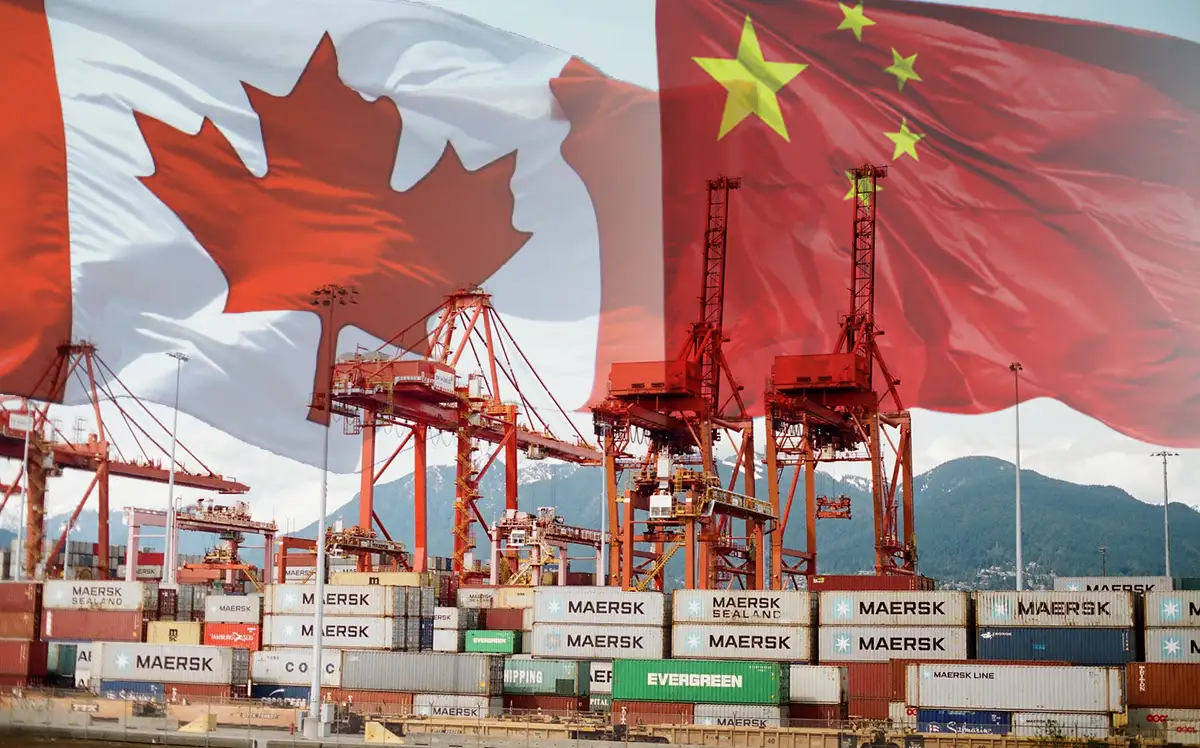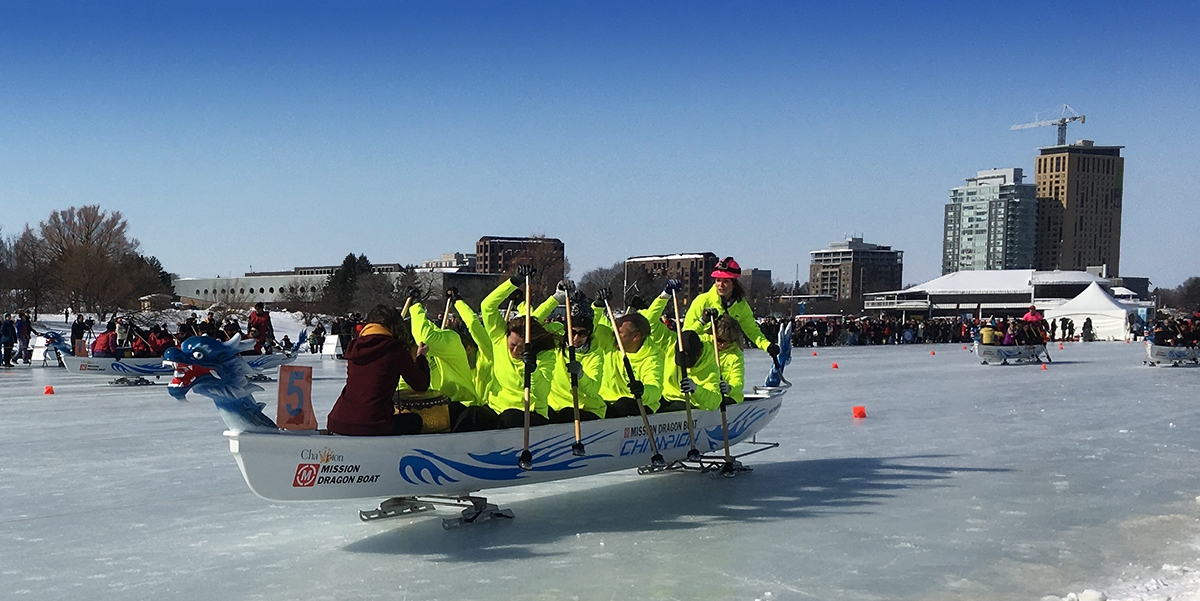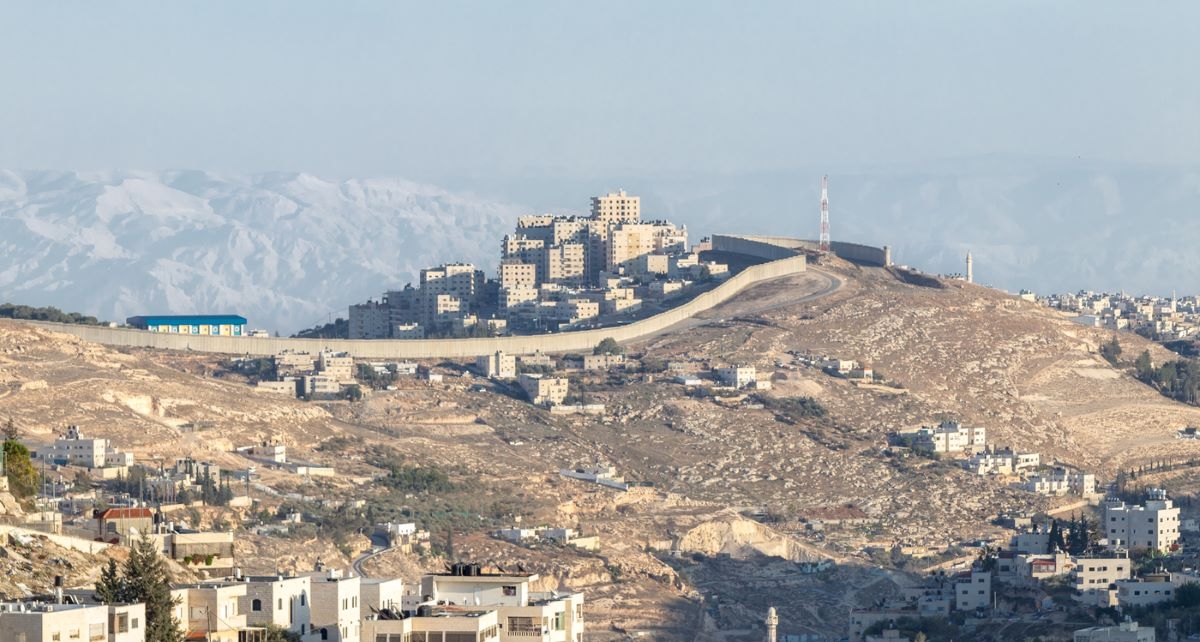
Nepal Celebrates Constitution Day and Encourages All Canadian to Visit
Nestled in the Himalayas and home to natural wonders like Mount Everest and Chitwan National Park, as well as the combined history of a multi-cultural Buddhist and Hindu country, Nepal is a land of imagination and mystery to those who have yet to visit.
Nepal sits between giant countries, China and India. With a population of about 30 million people, Nepal was once was a land of different kingdoms united under the rulership of King Prithvi Narayan, Shah of the Gorhka people.
The Shah’s family would continue to rule Nepal from 1768-2008.
On September 20th, Nepal marked its Constitution Day, first proclaimed as a national holiday in September 2015. For the previous eight years, the country used an interim constitution while it awaited for the ratification process to be complete.
Following the abolition of the Nepalese monarchy in 2008 (by its first constituent assembly) and the end of a difficult civil war between Maoist guerillas and the monarchy that ended in 2006.
However, the Gyanendra Shah, the country’s last King, overturned the country’s parliament and began ruling by decree. Around the same time, a mass protest movement began that called for the restoration of democracy. The protest movement succeeded with establishing a Peoples Assembly that immediately began to work to limit the monarch’s powers.
It was this body that eventually voted to end the monarchy in the country altogether, in 2008, and adopt an interim constitution.
In 2015, disaster struck the country when a 7.8-magnitude earthquake killed 8.5 thousand people, injuring a similar amount and leaving 3.5 million homeless. Despite this, Nepal has made massive strides in the last decade.
The Nepalese Constitution has undoubtedly played a significant role in the country’s growth, bridging the transition from the previous unitary ruler to a republic and a federal system. It also established federal, provincial, and local levels of government.
In addition, the constitution created a dual-house federal and a single-assembly provincial government and, most interestingly, set up a voting system with both first-past-the-post and proportional representation.
On September 20, 2023 in Ottawa, the Nepalese Embassy and community also celebrated the adoption of the Constitution in a ceremony and celebration that began with the playing of Oh Canada and the Nepalese anthem Sayaun Thunga Phulka. Ms. Rojina Tamrakar, Charge d’Affaires of the Embassy of Nepal, spoke on the document’s significance.
Ms. Tamrakar then addressed the excellent state of affairs between our countries and the need to consolidate and grow existing bilateral relations. Ms. Tamrakar said that Nepal is progressing and intends on becoming a middle-income country by 2030. She stated that the government is working hard to attract foreign investors in critical industries while advancing technological innovation.
Ms. Tamrakar also implored the importance of tourism for the country’s economy and the future of Canada-Nepal relations. She encouraged Canadians to visit the country’s attractions, look at investment opportunities, and, most importantly, gain life experience.
Many Canadians, Nepalis, and foreign officials from other nations were in attendance. Canada was represented at a Federal Level by Global Development Minister Ahmed Hussen and the Chair of Canada-Nepal Parliamentary Friendship Group, Honourable Ms. Sonia Sidhu, MP for Brampton South. Others represented including University Professors and representatives from the provincial government. Members of the Non-Resident Nepali Association and Nepali community members were present on the occasion.
Nepal promises an ancient cultural history and pristine beauty. Canadians who would like to travel to Nepal are issued a visa upon arrival in Nepal, making this mountainous and proud country easily accessible.
Canada and Nepal continue to maintain excellent diplomatic relations. Nepal is rapidly growing and developing and offers opportunities for both tourism and business. With the continued political reforms in the country following the ratification of its constitution eight years ago, Nepal is an Asian country where modernity and tradition come together.
For more information on Nepal, click here to visit the Nepalese Embassy website.








